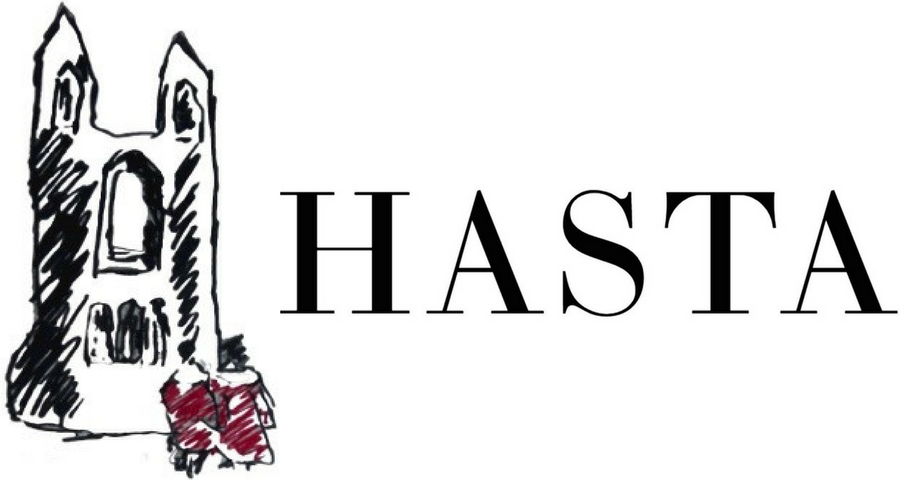'Charles I: King and Collector' Exhibition at the Royal Academy, London
January 27 – April 15, 2018
By Stephanie Hammer
Anthony Van Dyck, Charles I on Horseback with M. de St Antoine, 1633, oil on canvas, 368.4 x 269.9 cm, Windsor, The Royal Collection. Image courtesy of the University of St Andrews Image Database.
Over the course of his ill-fated reign, King Charles I (r. 1625-1649) amassed one of the finest art collections of his time, including works by Rembrandt, Raphael, Titian, Albrecht Dürer, and Hans Holbein. Dispersed on the orders of Oliver Cromwell after the king’s 1649 execution, this collection is the focus of ‘Charles I: King and Collector’ at the Royal Academy in London. Speaking to William Cook of the BBC, the exhibition’s co-curator, Per Rumberg, described the show as ‘a once-in-a-lifetime occasion’ because of the calibre of works on display and logistics required to bring them together. Years in the planning, the exhibition presents 140 of the most significant works from Charles I’s collection, ranging from paintings to tapestries, on loan from institutions such as the Louvre, the Prado, and the National Gallery, to name only a few.
Charles I’s collecting habits were not based on a love of the arts alone, but served a political purpose. To craft an image of himself as a capable ruler, Charles I commissioned the leading artists of the day, such as Peter Paul Rubens, Gianlorenzo Bernini, and Anthony Van Dyck, who was appointed the king’s Principal Court Painter in 1632. During his tenure as court painter, Van Dyck went on to depict the king as a divinely appointed monarch ideally suited for reign, and many of these works are on display at the exhibition.
For example, in the 1633 equestrian portrait, Charles I on Horseback with M. de St Antoine, the king exudes an air of total authority as he passes through a Roman triumphal arch, royal baton in hand. Attended to by his riding master, who glances up adoringly, Charles I towers over viewers, his power underscored by the low viewpoint and monumental size of the painting, which is over three and a half meters tall. Originally, this painting hung at the end of a long corridor in St. James’s Palace, in which foreign dignitaries waited before receiving a royal audience. In this space, it would have been crucial to underscore the king’s absolute power, and therefore, Van Dyck’s portrait served an explicitly propagandist purpose.
Andrea Mantegna, The Triumphs of Caesar. Julius Caesar in His Chariot (canvas 9), c. 1484-1492, distemper (?) on canvas, 268 x 279 cm, Hampton Court, Collection of Her Majesty the Queen. Image courtesy of the University of St Andrews Image Database.
Charles I not only sought to convey his authority through portraits of himself and his family; he also avidly collected works from classical antiquity, the Italian Renaissance, and Northern Europe. Displayed in Whitehall Palace, London, this collection was intended as a sign of the power and sophistication of the king, who had both the means and the taste to acquire works by the most esteemed artists.
One of Charles I’s greatest coups as a collector was the acquisition of the fabled Gonzaga Collection. The Gonzaga family, seeking to rival the magnificence of other, more powerful Italian city-states, had sought to convey the splendour of their court through art, but political crises and mounting debts led to the sale of the collection. The Gonzaga Collection included Andrea Mantegna’s series of 9 monumental canvases depicting Julius Caesar’s triumphal procession into Rome, and in the Royal Academy Exhibition, these paintings have been displayed together in a large central hall.
Seeing Mantegna’s paintings, as well as the other works in ‘Charles I: King and Collector’ leave the viewer in awe of the quality of Charles I’s collection. However, knowledge of English history makes the king’s use of these works as displays of power seem all the more poignant, for Charles I’s attempts to rule as an absolutist monarch ultimately plunged the country into Civil War and led to his execution.
Bibliography
Brotton, Jerry. The Sale of the Late King’s Goods: Charles I And His Art Collection. London: Macmillan, 2006.
Cook, William. ‘King of the Collectors: Charles I’s Art Treasures Reunited’. BBC Arts, January 10, 2018. http://www.bbc.co.uk/programmes/articles/kYJsn6XCM26gxJpSpFKt2M/king-of-the-collectors-charles-is-art-treasures-reunited
Cumming, Laura. ‘Charles I: King and Collector Review – A Once-in-a-Lifetime Gathering’. The Guardian, January 28, 2018. https://www.theguardian.com/artanddesign/2018/jan/28/charles-i-king-and-collector-royal-academy-review
Glass, Nick. ‘The Royal Art Collector Who Shaped the Taste of a Nation’. CNN Arts, January 31, 2018. https://edition.cnn.com/style/article/charles-i-king-and-collector-royal-academy-of-arts/index.html
Howarth, David, Images of Rule: Art and Politics in the English Renaissance, 1485-1649, Basingstoke, 1997.
Royal Academy of Arts. ‘Charles I: King and Collector’. Royal Academy of Arts, n.d. https://www.royalacademy.org.uk/exhibition/charles-i-king-and-collector.


